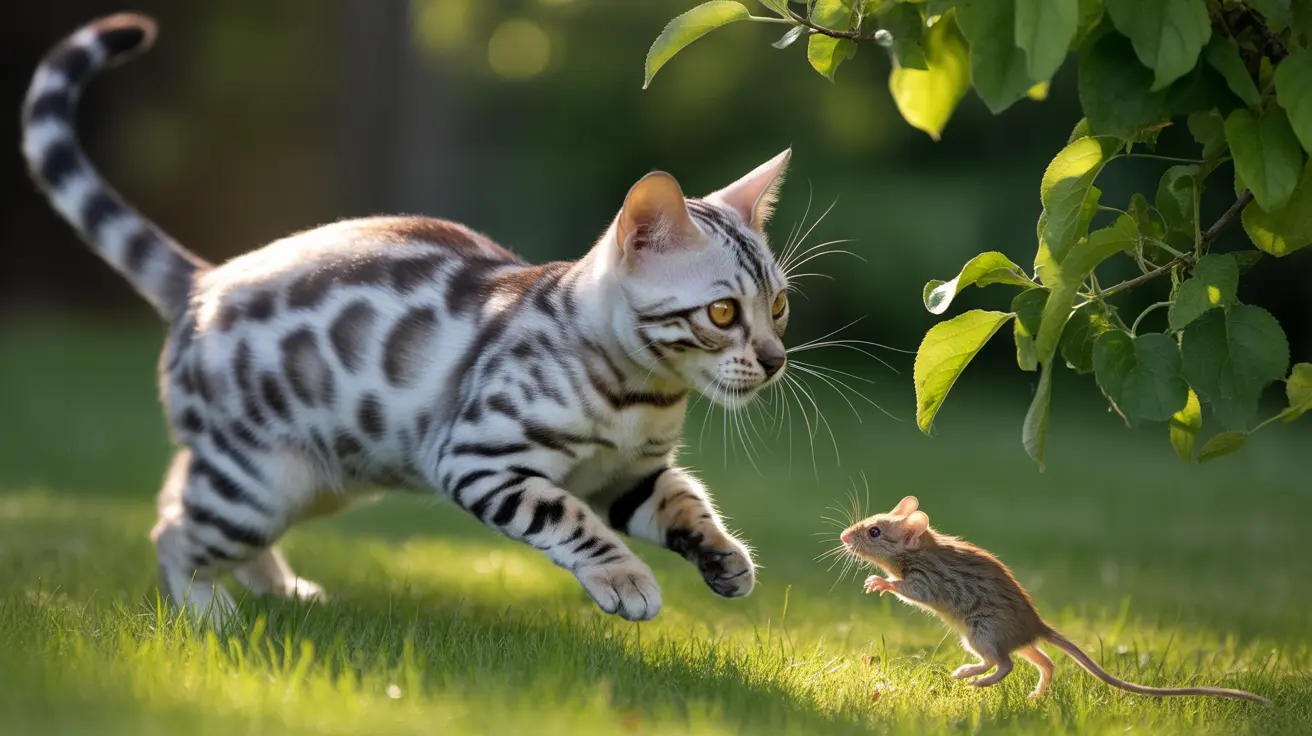When it comes to feline hunting behavior, many cat owners find themselves wondering how long cats play with mice before killing them. This seemingly cruel yet fascinating behavior is deeply rooted in cats' natural instincts and serves multiple purposes in both wild and domestic settings.
In this comprehensive guide, we'll explore the duration and reasons behind cats' prey play behavior, examining why our feline friends engage in this practice and what it means for their overall well-being.
The Duration of Feline Prey Play
Typically, cats will play with mice for anywhere between 1 to 20 minutes before delivering the fatal bite. This duration varies significantly based on several factors, including the cat's hunger level, environment, and individual personality.
Well-fed domestic cats tend to engage in longer play sessions, sometimes extending the interaction through multiple cycles of chase, capture, and release. Wild or hungry cats, however, usually dispatch their prey much more quickly, often within a minute or two.
Understanding the Purpose Behind Prey Play
Safety and Assessment
Cats use this "playing" period to assess their prey's health and potential threat level. By observing the mouse's movements and reactions, they can determine whether it's safe to consume and avoid potentially diseased prey.
Training and Skill Development
For younger cats and kittens, extended prey play serves as crucial hunting practice. Mother cats often deliberately prolong these sessions when teaching their offspring, allowing them to develop necessary hunting skills in a controlled environment.
Factors Influencing Play Duration
Physical Conditions
- Size and strength of the prey
- The cat's energy level and hunger state
- Environmental factors (indoor vs. outdoor)
- Presence of other animals or competitors
Behavioral Elements
- Individual cat personality
- Previous hunting experience
- Level of domestication
- Feeding schedule and diet
The Natural Hunting Sequence
A cat's interaction with prey typically follows a specific pattern:
- Initial stalking and observation
- Chase and capture
- Play and assessment period
- Final kill
- Post-hunt behaviors (grooming, resting)
Wild vs. Domestic Cat Behavior
There's a marked difference between how wild and domestic cats approach prey play. Wild cats typically minimize play time to conserve energy and avoid attracting larger predators. Domestic cats, being well-fed and secure, often extend play sessions as a form of enrichment and exercise.
Frequently Asked Questions
How long do domestic cats typically play with mice before delivering the fatal bite?
Domestic cats typically play with mice for 1-20 minutes, though well-fed house cats may extend this time significantly longer than their wild counterparts.
Why do well-fed pet cats play with their prey longer than hungry or wild cats?
Well-fed pet cats aren't driven by hunger, so they use prey play as a form of entertainment and exercise. They have the luxury of time and energy to engage in extended play sessions.
What factors influence the duration of a cat's prey play with mice?
Key factors include the cat's hunger level, the size and health of the prey, environmental safety, the cat's age and experience, and whether the cat is wild or domestic.
Is the behavior of cats "playing" with mice before killing them considered cruel or instinctive?
This behavior is purely instinctive rather than cruel. It serves important purposes like assessing prey safety, practicing hunting skills, and tiring out potentially dangerous prey before the final kill.
How can I mimic natural prey play with toys to satisfy my indoor cat's hunting instincts?
Use interactive toys that mimic prey movement, such as wand toys or battery-operated mice. Schedule regular play sessions lasting 10-20 minutes, allowing your cat to stalk, chase, and capture these artificial prey items.
Understanding your cat's natural hunting behaviors can help you provide better enrichment and ensure their instinctual needs are met, whether through actual hunting or simulated play with appropriate toys.






